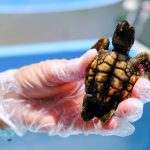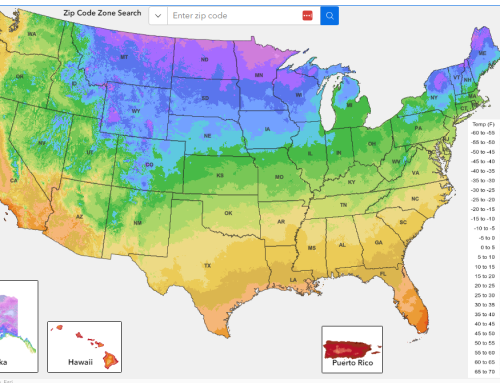Climate change means different things to different people.
I grew up on the east coast of Florida. Our beach was Playalinda, located in the Canaveral National Seashore Park, next door to the launch pads for NASA.
As I remember it, there were three things Playalinda was noted for:
- Surfing. (1973 and 1974 were particularly good years)
- Watching the Apollo Moon Launches. (I grew up watching every Mercury, Gemini and Apollo launch)
- And the annual migration of sea turtles returning to the beach to lay their eggs.
There are a number of universal observations that make climate change hit home.
Unusually Hot Weather. At this point, everyone is reporting how hot it is. Here is a link to a report from WTOL showing how the number of days above 90 degrees has doubled in Toledo over the previous 50 years.

The number of 90 degreed days in Toledo has doubled since 1950
Here is a link to an article on Statista.com showing how the number and intensity of tornados has increased over the last few decades.
But these reports are becoming lost in the background reporting of climate change. They are everywhere and you can choose whether or not to believe them.
The story this week that really caught my eye was this one from Reuters:
Hotter summers mean Florida’s turtles are mostly born female
“MARATHON, Fla., Aug 1 (Reuters) – Florida’s sea turtles are grappling with a gender imbalance made worse by climate change. Recent heat waves have caused the sand on some beaches to get so hot that nearly every turtle born was female.”
Instead of determining sex during fertilization, the sex of sea turtles and alligators depends on the temperature of developing eggs, according to the National Oceanographic Atmospheric Administration (NOAA).
If a turtle’s eggs incubate below 81.86 Fahrenheit (27.7 Celsius), the turtle hatchlings will be male, whereas if they incubate above 88.8 F (31C), they will be female, according to NOAA’S National Ocean Service website.
So while we can debate the effects of climate change and to what degree it is occurring, one thing is fairly certain – some species of sea turtles will eventually become extinct. You can not sustain a species that is 99% female (or male). So the options are:
- Lower the temperature in Florida during mating season so the eggs are kept between 81 and 88 degrees so there is a normal distribution of gender.
- Teach the turtles to lay their eggs further north – going against a millennia of genetic programming.

Sea Turtles in Florida
For me, I am going to gather my grandkids and take them to Florida in August or September so they can watch this miracle of life – like I did for the first time several decades ago. See the mommy turtles come ashore and lay their eggs and then return, exhausted to the sea. It is an awesome sight. I suggest you see it while you still can.
For more on this subject, here is a link to:






